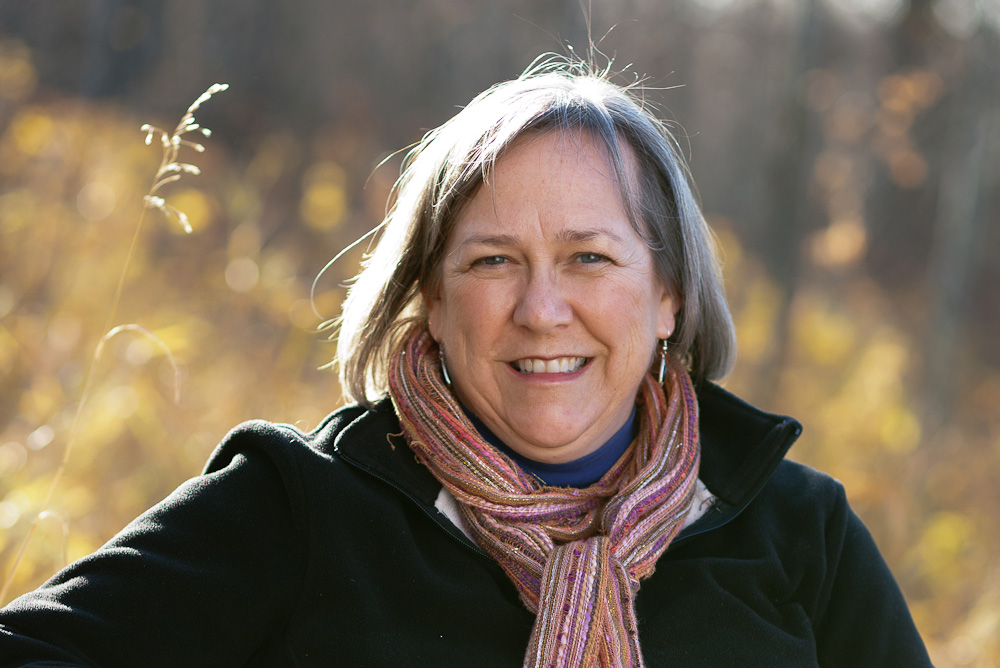
Theresa Garvin, professor of human geography and planning, is rethinking the classroom with a newly blended 100-level undergraduate course.
Human geography professor Theresa Garvin is revamping her classroom, alongside her colleagues in the Department of Earth and Atmospheric Sciences.
"There are a variety of learning styles-from auditory to kinesthetic to visual," Garvin explains. "Even in a class of 100 to 200 students, we're trying to incorporate content for each style."
For the last four years, Garvin and her colleagues have developed and implemented a fully-blended course: Introduction to Human Geography & Planning, or HGP 100. The course is commonly taken by science, education, and arts undergraduate students, with a focus on geography and planning students.
Together with her colleague, assistant professor Leith Deacon, Garvin has developed a course delivered in three ways: lecture, seminar, and online learning.
Discovering blended learning
"We need to be asking ourselves, 'Are they learning better?' rather than, 'Are they learning everything?'" -Theresa Garvin
"The lecture is still important," says Garvin. "There needs to be an opportunity for everyone to be together in the same room. But it's also important for students to have the opportunity for hands-on work in small groups, and independent learning."
An especially successful unit, explains Garvin, is one devoted to mapping. In their seminars, students work in small groups where they are given a blow-up globe and a pair of scissors. They're then asked to make the globe flat, to demonstrate cartographers' decisions in making a two dimensional map out of a three dimensional globe.. During the week's online session, students read resources and have a group discussion on the challenges of mapping.
"This activity is particularly powerful, because it provides students with a concrete example of the challenges geographers face, while also highlighting the political and social implications of mapping," explains Garvin. "The blended format allows us to really get down to the individual level, to illustrate the grey area, and to make learning personal."
Powerful practice
The changes, she explains, benefit everyone, from the course instructor to teaching assistants to the students themselves.
"Our students receive more hands-on class time, with the opportunity to explore concepts in a deeper and more meaningful way," Garvin says.
"Teaching assistants receive real, in-class teaching experience. As for instructors, well, I can tell you that I personally find it a much more satisfying class to teach," explains Garvin, "The purpose of the course is for students to learn. We need to be asking ourselves, 'Are they learning better?' rather than, 'Are they learning everything?'"
Garvin and colleagues received valuable funding and support from the Provost's Digital Learning Committee in revamping HGP 100. The revised course presents students with more flexible learning opportunities and increases student engagement.